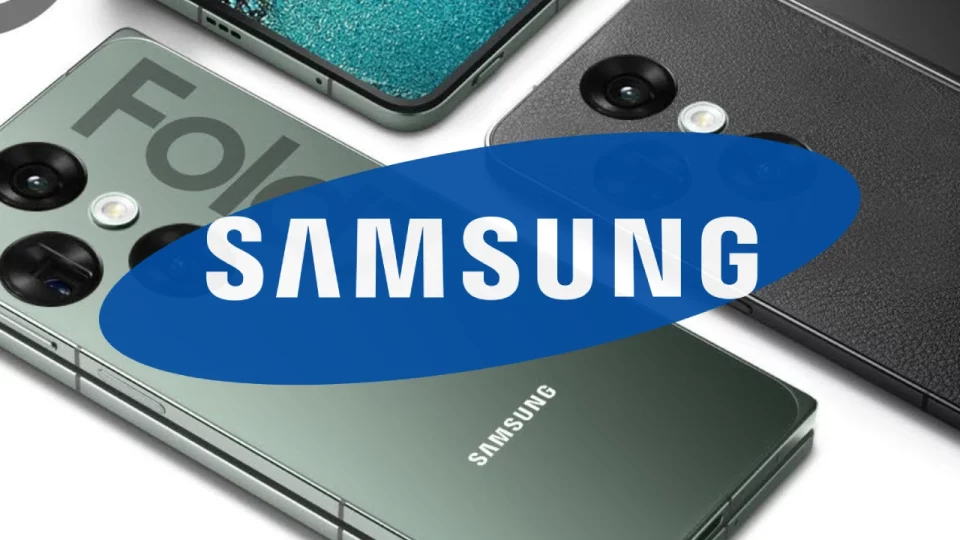Samsung’s foldable smartphone lineup has been a defining pillar of its innovation strategy over the last few years, showcasing cutting-edge design and advanced technology. However, 2025 is shaping up to be a challenging year for the South Korean tech giant’s foldable devices.
According to recent reports, the Galaxy Z Fold 7 and Flip 7—Samsung’s next-generation foldables—are not expected to introduce any major changes, a decision that reflects broader struggles in the foldable market as sales continue to decline.
Table of Contents
Foldables Losing Their Momentum
The Galaxy Z Fold 6 and Flip 6 received positive reviews for their refined designs and improved functionality. Yet, these devices struggled to maintain their competitive edge against an increasingly fierce lineup of foldable products from rival brands. Sales figures shared by Hana Securities indicate that the combined sales of the Galaxy Z Fold 6 and Flip 6 have not surpassed 5 million units—a drop of around 6% compared to the Galaxy Z Fold 5 and Flip 5.
Interestingly, the Galaxy Z Fold 6 sold slightly better than its predecessor, which offered a glimmer of hope for Samsung. However, the overall performance of the foldable segment remains lackluster. This downturn has dampened expectations for 2025, with Samsung reportedly opting for a more conservative approach for its upcoming foldables.
Check also: Samsung’s Holiday Magic: Get a Free Kids’ Tablet with Your Galaxy Tab S10 Purchase
Why No Major Changes for the Fold 7 and Flip 7?
In an interview with The Elec, a representative from Fastprint—a China-based circuit board manufacturer—explained that Samsung has decided against implementing significant upgrades for the Galaxy Z Fold 7 and Flip 7. Instead, the company appears to be reserving more substantial innovations for the Galaxy Z Fold 8 and Flip 8, slated for release in 2026.
The translated quote highlights Samsung’s cautious strategy:
“Looking only at Samsung Electronics’ foldable phone form factor, it seems that there will be some changes starting with the Z8 series that will be released in 2026, aside from the Galaxy Z7 series next year. It seems like Samsung Electronics’ strategy is to respond to the pursuit of Chinese foldable phones and the expected launch of Apple’s foldable products, but expectations have fallen significantly.”
This decision underscores a key challenge facing Samsung: the need to fend off growing competition from Chinese smartphone brands such as Huawei, Oppo, and Xiaomi, all of which have made significant strides in the foldable market. Additionally, there is mounting anticipation for Apple’s rumored entry into the foldable space, which could further disrupt the landscape.
Rising Competition from Chinese Brands
Chinese manufacturers have rapidly gained ground in the foldable market by offering innovative designs, competitive pricing, and advanced features. For example, Huawei’s Mate X series and Xiaomi’s Mi Mix Fold have drawn attention for their engineering prowess and seamless integration of foldable technology. These devices often come at a lower price point than Samsung’s offerings, making them attractive alternatives in key markets, especially in Asia.
Samsung’s reluctance to introduce significant updates to the Galaxy Z Fold 7 and Flip 7 could give these competitors an even greater advantage. Without new features or form factors to capture consumer interest, Samsung risks losing its foothold in a market it helped pioneer.
You might like: Samsung’s Galaxy Watch 7: How to Score a Premium Smartwatch for Under $50
The Apple Factor: A Looming Threat
While Apple has yet to release a foldable device, rumors about its development of such a product have persisted for years. Industry insiders speculate that Apple’s first foldable device could debut as early as 2026, which aligns with Samsung’s timeline for introducing more significant changes to its foldables.
Apple’s entry into the foldable market is likely to generate significant buzz and could shift consumer expectations. Given Apple’s track record of redefining product categories—as seen with the iPhone, iPad, and Apple Watch—its potential foldable device could pose a serious threat to Samsung’s dominance.
Variants and Smaller Updates: A Tactical Pause
Reports suggest that while the main Galaxy Z Fold 7 and Flip 7 models may not see major changes, Samsung might be exploring additional variants of these foldables. These variants could include features such as thinner designs or lighter builds, which would offer incremental improvements without requiring a full redesign.
This approach could allow Samsung to buy time as it finalizes more ambitious plans for the Galaxy Z Fold 8 and Flip 8. However, relying on such incremental updates may not be enough to sustain consumer interest or reverse declining sales trends.
